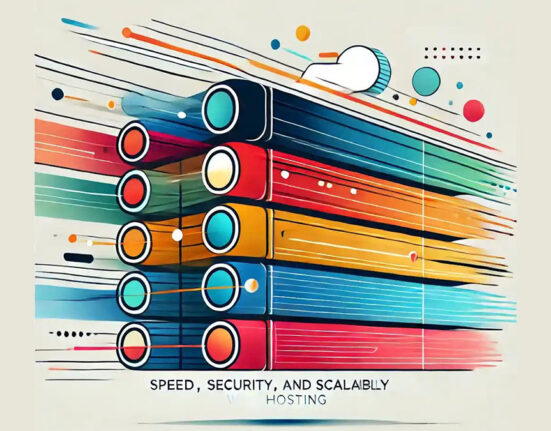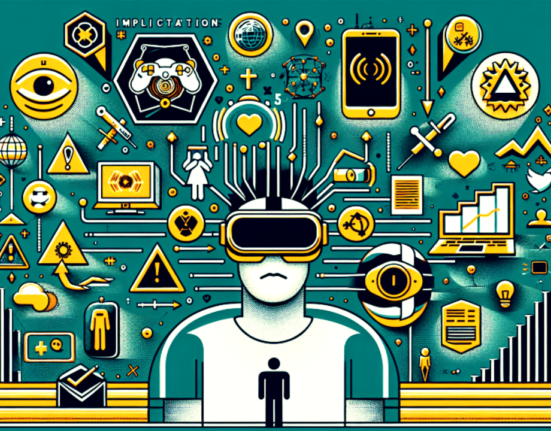Introduction
Information Technology (IT) is the invisible force driving the modern world. From smartphones to cloud computing, IT underpins nearly every aspect of our lives. But what exactly is IT, and why is it so crucial? This guide breaks down the fundamentals of IT, its evolution, and its transformative impact on industries and careers.
What Is Information Technology (IT)?
- Definition: The use of computers, networks, and systems to store, process, and transmit data.
- Scope: Includes hardware, software, cybersecurity, cloud computing, and more.
- Goal: To solve problems, improve efficiency, and enable innovation.
The Evolution of IT
- 1950s–1970s: Mainframe computers for large-scale data processing.
- 1980s–1990s: Rise of personal computers (PCs) and the internet.
- 2000s: Cloud computing, mobile technology, and social media.
- 2010s–Present: AI, IoT, blockchain, and edge computing.
Key Components of IT
- Hardware: Physical devices like servers, laptops, and routers.
- Software: Programs and applications (e.g., Microsoft Office, Adobe Photoshop).
- Networks: Systems connecting devices (LAN, WAN, internet).
- Cybersecurity: Protecting systems from threats (firewalls, encryption).
- Cloud Computing: Storing and accessing data online (AWS, Google Cloud).
- Data Management: Collecting, storing, and analyzing data (SQL, Hadoop).
Applications of IT Across Industries
- Healthcare: Electronic health records (EHRs), telemedicine, AI diagnostics.
- Finance: Online banking, blockchain, algorithmic trading.
- Education: E-learning platforms, virtual classrooms, student management systems.
- Retail: E-commerce platforms, inventory management, personalized marketing.
- Manufacturing: Automation, IoT-enabled machinery, supply chain optimization.
IT Careers: Opportunities and Skills
Top IT Jobs
- Software Developer: Designs and builds applications.
- Cybersecurity Analyst: Protects systems from cyber threats.
- Cloud Architect: Manages cloud infrastructure.
- Data Scientist: Analyzes data to drive decision-making.
- IT Support Specialist: Troubleshoots hardware/software issues.
Essential Skills
- Programming (Python, Java, C++).
- Networking (TCP/IP, DNS).
- Problem-solving and critical thinking.
- Communication and teamwork.
Challenges in IT
- Cybersecurity Threats: Ransomware, phishing, and data breaches.
- Skill Gaps: Rapidly evolving tech requires continuous learning.
- Data Privacy: Balancing innovation with user protection (GDPR, CCPA).
Future Trends in IT
- Artificial Intelligence (AI): Automating tasks and enhancing decision-making.
- Quantum Computing: Solving complex problems in seconds.
- 5G Technology: Faster, more reliable internet connectivity.
- Edge Computing: Processing data closer to the source (IoT devices).
- Sustainable IT: Green data centers and energy-efficient hardware.
FAQs About IT
Q: What’s the difference between IT and computer science?
A: IT focuses on applying tech to solve problems, while computer science deals with the theory behind computing.
Q: How do I start a career in IT?
A: Earn certifications (CompTIA, Cisco), build a portfolio, and gain experience through internships.
Q: What’s the future of IT jobs?
A: Demand for AI, cybersecurity, and cloud experts will skyrocket by 2030 (Bureau of Labor Statistics).
Conclusion
Information Technology is the backbone of the digital age, shaping how we live, work, and connect. From powering global industries to creating cutting-edge innovations, IT’s impact is unparalleled. Whether you’re exploring a career or leveraging IT for your business, understanding its fundamentals is key to thriving in the 21st century.
Call to Action: Start your IT journey today! Explore our IT Career Guide or share your favorite tech innovation with #ITInnovation.








Leave feedback about this